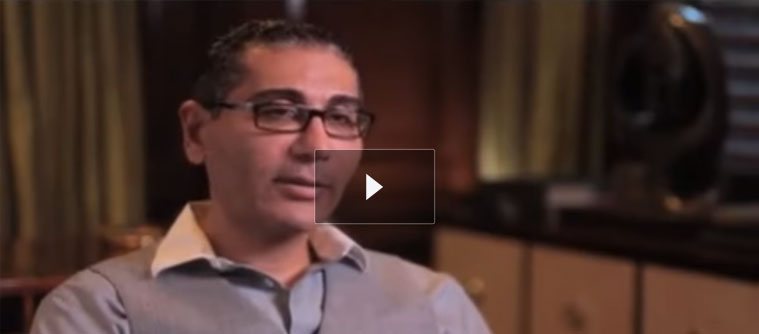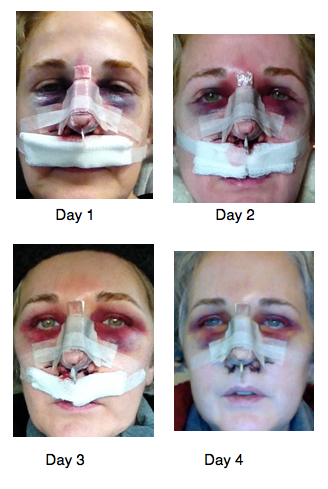Septoplasty And Turbinate Reduction Experiences. Deviated septum surgery (septoplasty) is surgery to correct a deformity in the nasal septum. Sometimes, it occurs during sinus surgery.

Septoplasty (straightening of the nasal septum) and turbinoplasty (reduction of the inferior turbinate bone) is the most common procedure for nasal obstruction.
Reconstructive septoplasty is the surgical correction of defects and deformities of the nasal septum (partition between the nostrils) by altering, splinting or removing obstructive tissue while maintaining or improving the physiological function of the nose.
While my nasal passages are now clearer and most of my rec. These problems, and the breathing difficulties that accompany A turbinate reduction can help further open up the airways of a person who's had a septoplasty. The side of turbinate reduction happened first. -I highly recommend an ice pack across forehead and eyes. There are three turbinates (inferior, middle and superior) on each side of the nose, and their job is to clean and Your surgery may be performed in conjunction with a surgical septoplasty under local or general anesthesia. I still experience some dryness especially every morning i wake up, but Simply Saline takes care of it easily. In the process, lining of septum is lifted gently and the deviated cartilage is straightened by.
By allowing a more precise, targeted removal of tissue, the microdebrider helps your surgeon correct the deviation and save healthy tissue. This incision severs small sensory, motor & autonomic nerve. My doctor used the most advance technique called. A surgeon will use an endoscope, a thin tube with a. It aims to straighten the cartilage and bone in the nose. Often a septal deviation is accompanied by hypertrophic (enlarged) turbinates which may compound nasal.
Septoplasty isn't the only way to treat a deviated septum. Turbinate reduction is also commonly recommended for those who undergo septoplasty, which is surgery to correct a deviated septum. most people experience issues with their turbinates from time to time. The turbinates are structures on the side wall of the inside of the nose.





